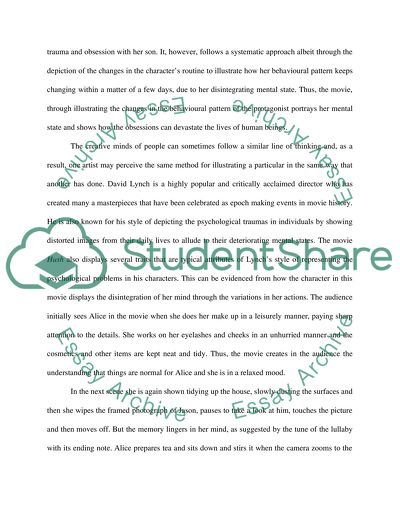Cite this document
(“A Critical Analysis of Own Video Work. Hush (2013) Essay”, n.d.)
A Critical Analysis of Own Video Work. Hush (2013) Essay. Retrieved from https://studentshare.org/journalism-communication/1473924-a-critical-analysis-of-own-video-work-hush-2013
A Critical Analysis of Own Video Work. Hush (2013) Essay. Retrieved from https://studentshare.org/journalism-communication/1473924-a-critical-analysis-of-own-video-work-hush-2013
(A Critical Analysis of Own Video Work. Hush (2013) Essay)
A Critical Analysis of Own Video Work. Hush (2013) Essay. https://studentshare.org/journalism-communication/1473924-a-critical-analysis-of-own-video-work-hush-2013.
A Critical Analysis of Own Video Work. Hush (2013) Essay. https://studentshare.org/journalism-communication/1473924-a-critical-analysis-of-own-video-work-hush-2013.
“A Critical Analysis of Own Video Work. Hush (2013) Essay”, n.d. https://studentshare.org/journalism-communication/1473924-a-critical-analysis-of-own-video-work-hush-2013.


